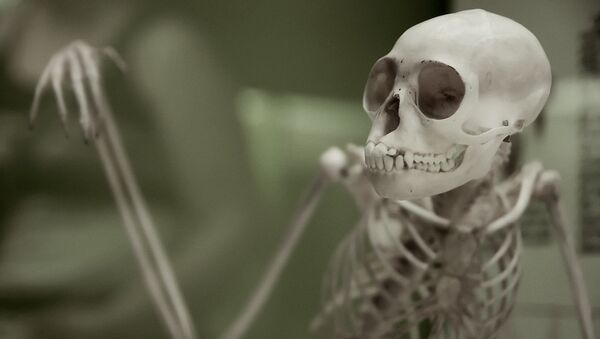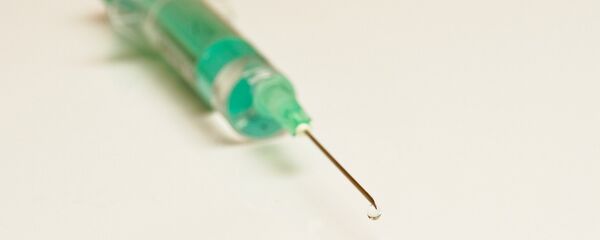Some of the teaching materials date back to the turn of the century and were collected using controversial methods that would be downright illegal today. For instance, stillborn or aborted fetuses and organs from patients who died in mental asylums could end up in anatomical collections without consent in early 1900s. Another problem is that it is next to impossible to correctly identify the remains in most cases.
According to Stockholm's Södra Latin School, which owns a dried human head with skin, teeth and eyebrows, human body parts are generally not shown to pupils. Nevertheless, the school's faculty acknowledged the problem of ethical disposal.
"This kind of old stuff cannot be salvaged, this is the problem," biology teacher Eleonore Gåvsten told Swedish Radio.
"Imagine this head popping up somewhere. It would surely set off a murder case," Lars Flygar explained.
Many of the schools surveyed admitted that human body parts remain hidden from the public eye. Nevertheless, there is a risk of unethical handling of the human remains without a national plan, Mats Johansson, associate professor of medical ethics at the University of Lund, told Swedish Radio.
"It would be a bit strange if every school had its own plan of action. It feels like it should be a matter for the whole country, for this problem is being found throughout Sweden," Mats Johansson said.
In 2015, Haydock High School in Merseyside held a belated funeral after ‘Arthur' the teaching skeleton was found to be a real person who died in the 1900s, The Daily Mail reported.
In 2011, a murderer hanged in 1821 was finally put to rest, after his skeleton was found in Bristol University cupboard, The Daily Mail reported.





